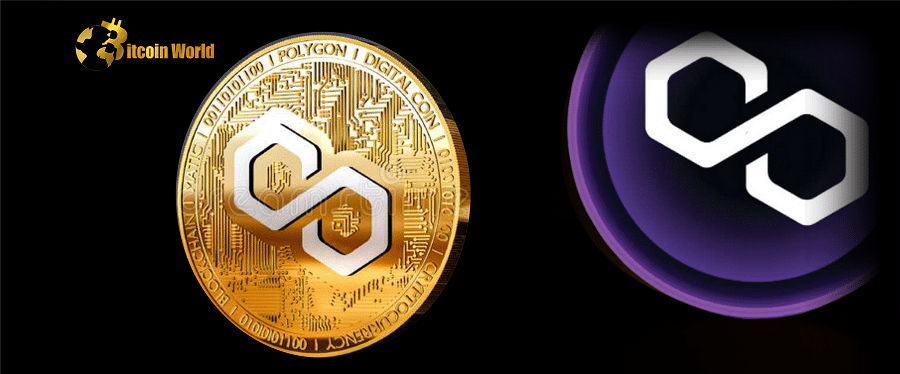Polygon deploys zero-knowledge rollups to the final testnet to evaluate the performance of its zkEVM before integrating it into the mainnet.
Polygon, an Ethereum layer-2 scaling protocol, is performing performance testing on zero-knowledge rollup (zk rollups) technology in preparation for full integration with its mainnet.
The Polygon Hermez team has been working on the Polygon zkEVM (Ethereum Virtual Machine) technology for almost three years. By creating over 12,000 zk-proofs on a primary version of the zkEVM testnet, the team has already confirmed that zero-knowledge proofs are achievable on Ethereum.
David Schwartz, project head of Polygon zkEVM and PolygonID, spoke with Cointelegraph about the development of the feature. Layer-2 platforms have continued to expand and increase functionality, which has contributed significantly to Ethereum’s scalability.
He noted that zero-knowledge rollups have boosted the speed with which layer-2 platforms may achieve finality while assuring secure transaction validation using zero-knowledge technology. Finally, we have zkEVMs, such as Polygon zkEVM, that offer all of the above in addition to the equivalence to Ethereum Virtual Machine with its advanced methods of zk-STARKs and zk-SNARKs: “Finally, we have zkEVMs, such as Polygon zkEVM, that offer all of the above in addition to the equivalence to Ethereum Virtual Machine with its advanced methods of zk-
Polygon zkEVM, according to Schwartz, features the first complete source code available EVM-equivalent zkProver, which passes all Ethereum vector tests with a 99% success rate. He called the fulfilment of validity proofs for normal user transactions “the most hard and rewarding task” his team has undertaken since the development of its native zkEVM.
The Polygon team anticipated two years ago that producing zk rollups with EVM compatibility would take up to ten years. Given the progress gained, the team considers zkEVM to be the end game, combining advancements with layer 2 scalability and quick finality. This provides users with numerous advantages, including increased throughput and lower prices.
Cointelegraph also inquired about the distinction between Polygon zkEVM and StarkNet’s proprietary ZK-SNARK and ZK-STARK technology. ZK-STARKS (Zero-Knowledge Scalable Transparent Argument of Knowledge), as previously stated, largely boosts scalability by batching thousands of transactions with a single proof to ensure validity on chain.
The primary distinction between the projects, according to Schwartz, is that zkEVM focuses on natively scaling the Ethereum ecosystem, whilst other zk-rollups just scale transactions and improve performance in a separate VM format.
Polygon’s solution claims to be a type 2 zkEVM, as described by Ethereum co-founder Vitalik Buterin in August 2022. According to Buterin’s overview, type 2 zkEVMs aim to be fully compatible with existing applications while making small changes to Ethereum to allow for easier development and faster proof production. Schwartz went on to say:
“In contrast, StarkNet is positioned as a Type 4, introducing a new high-level language and requiring transpilers to translate solidity code into their language.”
Simultaneously, Schwartz welcomed the possibility to have more benchmarks and source code from other projects available in order to learn from alternative techniques. Activity on Ethereum layer-2 solutions is increasing, with blockchain data indicating that transaction traffic Arbitrum and Optimism will outnumber transactions on the Ethereum mainnet by 2023.














